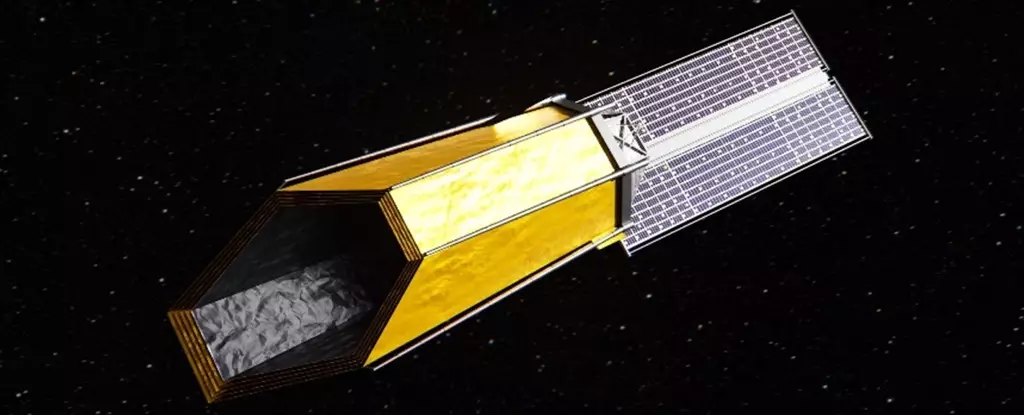The endeavor to search for other habitable worlds is nothing short of ambitious. NASA’s latest project, the ‘Habitable Worlds Observatory,’ aims to launch a large space telescope with the primary goal of directly imaging Earth-like planets around stars similar to our Sun. The telescope will also analyze these exoplanets’ atmospheres in search of chemical signatures that may indicate the presence of life.
NASA has recently awarded contracts totaling $17.5 million to three companies for the development of next-generation optics, mission designs, and telescope features needed for the Habitable Worlds Observatory. These contracts mark the beginning of a long journey that will culminate in the launch of the telescope, tentatively scheduled for late summer 2024. The mission is still in its early planning stages, with working groups focusing on defining the scientific goals and strategizing on how to achieve them.
Building on Existing Knowledge
Based on existing research on exoplanets, scientists estimate that approximately one in every five stars could potentially host an Earth-like planet. However, the search for life beyond our solar system hinges on the assumption that extraterrestrial life may share some similarities with life on Earth. As a result, the Habitable Worlds Observatory will be on the lookout for familiar chemical signatures such as oxygen and methane, indicative of potential biological processes.
The development of the Habitable Worlds Observatory requires cutting-edge technologies that push the boundaries of current capabilities. NASA has requested proposals to drive technological advancements necessary for the mission’s success. These advancements include the development of a coronagraph capable of blocking out light from host stars and an optical system with unparalleled precision. The challenges ahead are immense, but the potential rewards are equally significant.
Collaboration and Learning from Past Endeavors
The Habitable Worlds Observatory project is not undertaken in isolation. NASA has drawn insights from previous missions such as the Hubble Space Telescope, which cost $16 billion to develop and launch, and anticipates learning from future missions like the Nancy Grace Telescope. Collaboration with industry leaders such as BAE Systems, Lockheed Martin, and Northrop Grumman is crucial for the successful implementation of the project.
The quest to search for habitable worlds beyond our solar system is a testament to human curiosity and ingenuity. NASA’s Habitable Worlds Observatory represents a significant step forward in our understanding of the cosmos and our place within it. As technology advances and new discoveries unfold, the possibilities of finding Earth-like planets and potential signs of extraterrestrial life become increasingly within reach.


Leave a Reply